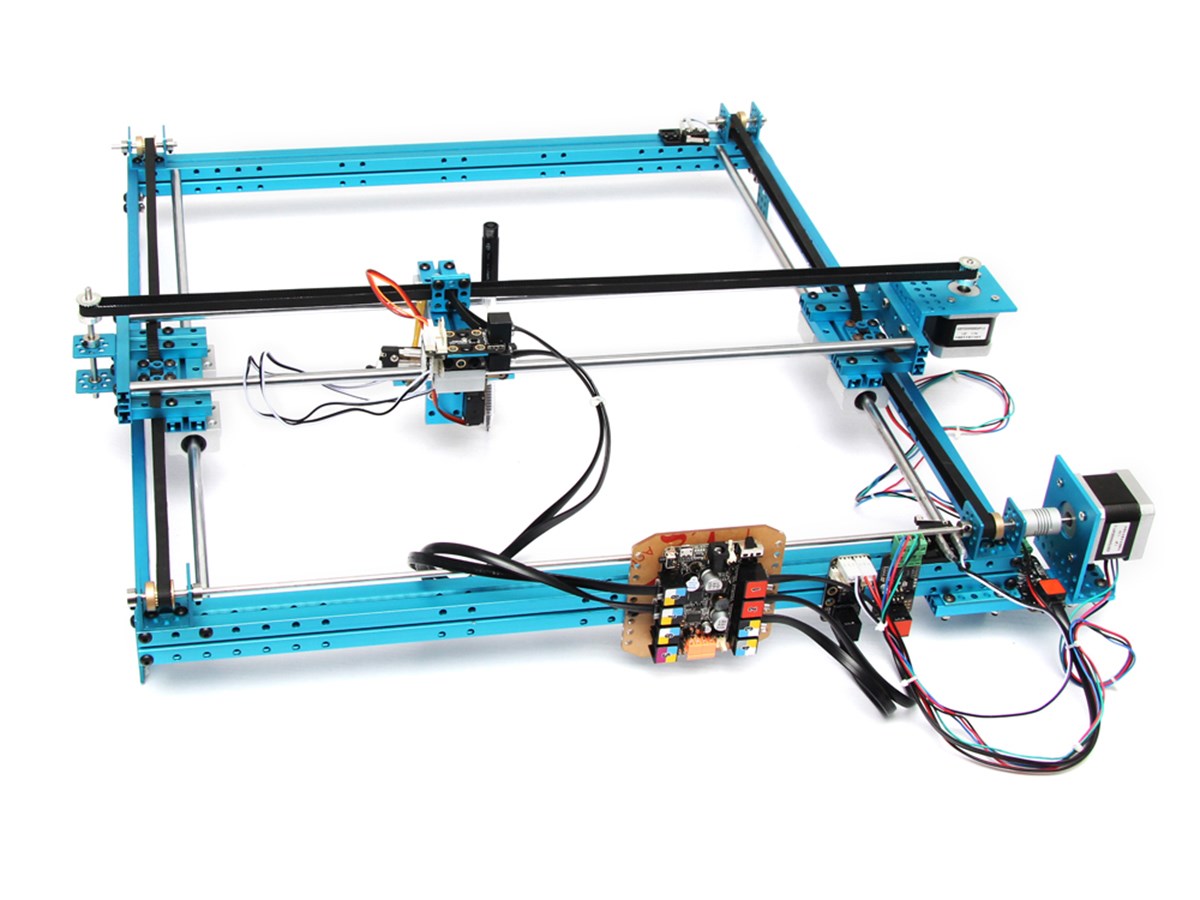


However, this often creates overlapping marks. Tip 1 – A formatting trick for better mark bordersĪs mentioned in the introduction to this post, one of the benefits of scatter plots is that you can evaluate a lot of marks in a small space. You can immediately see a correlation showing that as profit ratio increases, sales tend to decrease, but we’re going to keep building on this scatter plot to make it more engaging and functional.Įxercise – Make a Scatter Plot in Tableau Since it is best practice to put the dependent measure on the Y-axis, and the explanatory measure on the X-axis, Tableau will place the first measure you double-click onto to the Rows Shelf and second measure you double-click on the Columns Shelf. Scatter plot is the default chart type when starting with two measures, so I could have started this chart by simply double-clicking on the Profit Ratio measure from the Measures area of the Data pane and then double-clicking on the Sales measure from the Measures area of the Data pane. I then put the Sub-Category dimension on the Detail Marks Card to make my analysis more granular and changed the mark type from Shape to Circle. This chart was built by putting my dependent measure of Profit Ratio on the Rows Shelf to form the y-axis, and my explanatory measure of Sales on the Columns Shelf to form the x-axis.

For all three of the following tips, we will start with this default scatter plot comparing profit ratio and sales by sub-category in the Sample – Superstore dataset. The first two measures form the y-axis and x-axis then the third and/or fourth measures as well as dimensions can be used to add context to the marks. Scatter plots are created with two to four measures, and zero or more dimensions.
#SCATTER PLOT CREATOR TV#
Premier Tableau eLearning from Playfair Data TV We’ll cover (1) a formatting trick to make your scatter plots stand out, (2) ideas for maximizing the data-ink ratio in the context of scatter plots, and (3) a calculated field that will automatically break your dimension members into four usable segments.
#SCATTER PLOT CREATOR HOW TO#
This post will show you how to make scatter plots and take them to the next level in three ways. This is a great technique for isolating different groups so you can act on them individually. No, you cannot analyze every individual mark because they will likely overlap, but scatter plots make it easy to identify outliers and the aforementioned correlations.īut wait – there’s more! Due to the way scatter plots are set up with a measure on each axis, adding reference lines for the average of each axis creates a natural four-quadrant segmentation. Another benefit of this chart type is it is one of the few visualizations that allow you to view many marks in a small space. In several industries, and especially scientific journals, scatter plots are the favorite choice because of their ability to reveal and communicate correlations. When it comes to my favorite chart types, scatter plots are a close third behind bar charts and line graphs. This content is excerpted from my book, Innovative Tableau: 100 More Tips, Tutorials, and Strategies, published by O’Reilly Media Inc., 2020, ISBN: 978-1492075653.


 0 kommentar(er)
0 kommentar(er)
